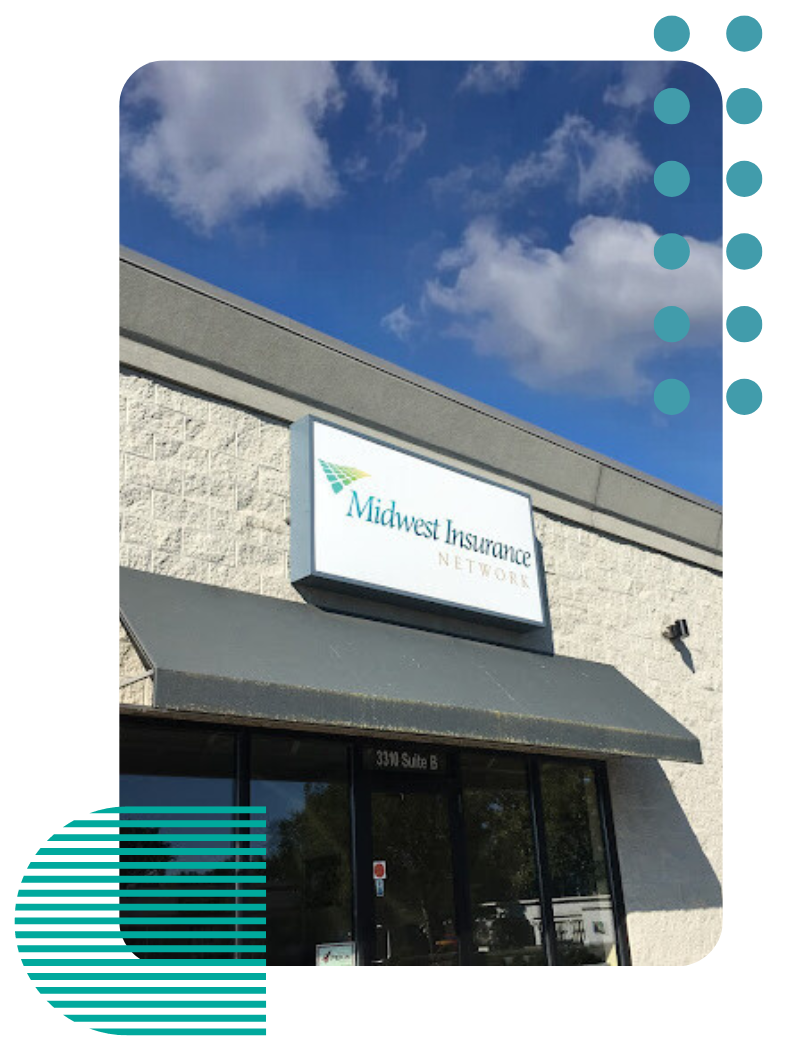Best Strategies for Ohio Daycare Insurance
See How We're Different
or call us: 419-720-5825
Operating a daycare in Ohio comes with its own set of challenges and responsibilities. Among these, ensuring the safety and well-being of children is paramount, but so is protecting the business through adequate insurance coverage. Daycare insurance is essential for safeguarding against various risks, including accidents, property damage, and liability claims. This article explores the best strategies for obtaining and managing daycare insurance in Ohio, ensuring that providers can focus on what they do best—caring for children.
Understanding Daycare Insurance Needs
Before diving into specific insurance strategies, it is crucial to understand the unique needs of a daycare facility. Each daycare has its own set of risks based on its size, location, and the services it offers. Knowing these factors can help in selecting the right coverage. For example, a daycare located in a densely populated urban area may face different challenges compared to one in a suburban setting, such as higher foot traffic and increased liability risks. Additionally, the age group of children cared for can influence insurance needs, as infants and toddlers may require more stringent safety measures than older children.
Types of Coverage
Daycare insurance typically encompasses several types of coverage, including general liability, property insurance, and professional liability. General liability insurance protects against claims of bodily injury or property damage that may occur on the premises. Property insurance covers damage to the physical building and its contents, while professional liability insurance safeguards against claims of negligence related to childcare services. Each of these coverage types plays a vital role in protecting the daycare's financial health and reputation.
Additionally, daycare providers should consider coverage for abuse and molestation, which protects against allegations of misconduct. This is particularly important given the vulnerable population served by daycare facilities. Understanding these various types of coverage is the first step in developing a comprehensive insurance strategy. Furthermore, some daycare centers may also benefit from business interruption insurance, which can provide financial support in the event of temporary closure due to unforeseen circumstances, such as natural disasters or health crises.
Assessing Risks
Every daycare faces different risks based on its operations. Conducting a thorough risk assessment can help identify potential liabilities. This includes evaluating the physical environment, staff qualifications, and the activities offered. For instance, a daycare that has a playground will need to consider the risks associated with outdoor play, while one that offers specialized programs may face different liabilities. Moreover, the training and experience of staff members can significantly impact risk levels; well-trained staff can mitigate many potential hazards through proper supervision and safety protocols.
By understanding these risks, daycare owners can tailor their insurance policies to cover specific areas of concern, ensuring that they are not underinsured or overpaying for unnecessary coverage. Regularly reviewing and updating risk assessments is crucial, as changes in regulations, facility upgrades, or shifts in the types of services offered can alter the daycare's risk profile. Engaging with insurance professionals who specialize in daycare coverage can also provide valuable insights and help ensure that the facility is adequately protected against evolving risks.
Choosing the Right Insurance Provider
Finding the right insurance provider is crucial for securing the best coverage. Not all insurance companies specialize in daycare insurance, so it is essential to choose one that understands the unique challenges faced by childcare providers.
Researching Providers
Start by researching insurance providers that offer daycare insurance in Ohio. Look for companies with a strong reputation and experience in the childcare sector. Online reviews, testimonials, and ratings can provide valuable insights into the reliability and customer service of potential insurers.
Additionally, consider reaching out to other daycare providers for recommendations. Networking within the childcare community can yield helpful information about which insurers offer the best coverage and support. Many local childcare associations or forums can serve as excellent resources for gathering feedback and experiences from fellow providers, which can help in making a more informed decision.
Comparing Quotes
Once a list of potential insurance providers has been compiled, the next step is to obtain quotes. Comparing quotes from multiple insurers is essential to ensure that daycare owners are getting the best value for their coverage. However, it is important to compare not just the prices, but also the details of the coverage offered.
Look for policies that provide adequate coverage limits and consider any exclusions or limitations that may apply. A lower premium might seem appealing, but if it comes with significant gaps in coverage, it could lead to costly problems down the line. Additionally, inquire about any discounts that may be available, such as those for maintaining a safe environment or for being a member of certain professional organizations. Understanding the full scope of what each policy entails can help daycare owners make a choice that not only fits their budget but also provides peace of mind.
Furthermore, it’s wise to evaluate the claims process of each provider. A company that is difficult to work with during a claim can turn a stressful situation into a nightmare. Ask potential insurers about their claims handling procedures and how quickly they typically process claims. This information can be just as important as the coverage details when it comes to ensuring that daycare owners can rely on their insurance when they need it most.
Customizing Insurance Policies
Daycare owners should not settle for a one-size-fits-all insurance policy. Customizing coverage to fit the specific needs of the daycare can provide better protection and peace of mind. Tailoring insurance policies not only safeguards the business but also enhances the trust parents place in the daycare, knowing that their children are in a well-protected environment.
Adding Endorsements
Many insurance providers offer endorsements, which are additional coverages that can be added to a standard policy. For instance, daycare owners may want to add coverage for transportation if they provide pick-up and drop-off services. Similarly, coverage for special events, such as birthday parties or field trips, can also be beneficial. These endorsements can cover liability for accidents that may occur during off-site activities, ensuring that both the children and the daycare are protected in various scenarios.
By adding endorsements, daycare providers can ensure that they are protected against specific risks that may not be covered under a standard policy. This customization can be crucial in avoiding gaps in coverage. Furthermore, daycare owners might consider endorsements that cover equipment and property, such as playground equipment or educational materials, which can be vital for maintaining a safe and engaging environment for children.
Reviewing Policies Regularly
As a daycare grows and changes, so too do its insurance needs. Regularly reviewing insurance policies is essential to ensure that coverage remains adequate. This review should occur at least annually or whenever there are significant changes in the daycare's operations, such as an increase in enrollment or the addition of new services. Additionally, it is wise to stay informed about changes in local laws or regulations that may impact insurance requirements, as compliance is critical for operating a daycare.
During these reviews, daycare owners should assess whether their current coverage limits are sufficient and whether any new risks have emerged that need to be addressed. This proactive approach can help prevent unexpected liabilities. Engaging with an insurance professional who specializes in childcare can provide valuable insights into potential risks and the best ways to mitigate them, ensuring that the daycare is not only compliant but also well-prepared for any unforeseen circumstances that may arise.
Implementing Risk Management Strategies
In addition to having the right insurance coverage, implementing effective risk management strategies can help minimize potential liabilities. This proactive approach not only protects the children in care but also reduces the likelihood of costly claims. By establishing a comprehensive risk management framework, daycare providers can create a culture of safety that permeates every aspect of their operations, ensuring that both staff and children are aware of and engaged in maintaining a secure environment.
Staff Training and Certification
Investing in staff training is one of the most effective ways to mitigate risks. Ensuring that all staff members are trained in safety protocols, emergency procedures, and child development can significantly reduce the likelihood of accidents or incidents. Regular training sessions can keep staff updated on the latest safety practices and regulatory requirements, fostering a sense of accountability and vigilance among the team.
Additionally, encouraging staff to pursue certifications in first aid and CPR can enhance safety and provide a level of assurance to parents. Well-trained staff can respond effectively to emergencies, which can prevent minor incidents from escalating into major claims. Moreover, incorporating scenario-based training can help staff practice their responses to various situations, ensuring they are well-prepared for real-life emergencies. This not only boosts staff confidence but also promotes a more cohesive team dynamic, as staff members learn to rely on each other during critical moments.
Creating a Safe Environment
Maintaining a safe physical environment is crucial for any daycare. Regular inspections of the facility, including play areas, equipment, and safety features, can help identify potential hazards before they lead to accidents. Establishing a routine maintenance schedule can ensure that all safety measures are consistently upheld, and any wear and tear is promptly addressed.
Implementing safety protocols, such as secure entry and exit points, childproofing areas, and ensuring that all equipment meets safety standards, can further enhance the safety of the daycare environment. A safe facility not only protects children but also demonstrates to parents that their children are in good hands. Additionally, creating an open line of communication with parents regarding safety measures and inviting them to participate in safety drills can foster a strong partnership. This collaborative approach not only reassures parents but also helps children understand the importance of safety in their daily activities, reinforcing good habits that extend beyond the daycare setting.
Engaging Parents and the Community
Building strong relationships with parents and the community can also play a significant role in the success of a daycare's insurance strategy. Engaged parents are more likely to communicate concerns and provide feedback, which can help identify potential risks.
Regular Communication
Establishing regular communication with parents can foster trust and transparency. This can include newsletters, parent-teacher meetings, and open houses where parents can learn about safety protocols and insurance coverage.
By keeping parents informed, daycare providers can address any concerns proactively and demonstrate their commitment to safety and quality care. This level of engagement can also lead to positive word-of-mouth referrals, which can be invaluable for business growth. Furthermore, utilizing digital platforms such as social media and dedicated apps can enhance communication, allowing for real-time updates and instant feedback. This modern approach not only keeps parents in the loop but also creates a sense of community among families, as they can share experiences and advice.
Community Involvement
Engaging with the local community can also enhance a daycare's reputation and provide additional support. Participating in community events, collaborating with local businesses, and forming partnerships with other childcare providers can create a network of resources.
These connections can lead to shared knowledge about best practices, insurance tips, and risk management strategies. Additionally, community involvement can enhance the daycare's visibility and attract more families. Hosting workshops or informational sessions on child safety and development can further solidify the daycare's role as a trusted resource in the community. Such initiatives not only educate parents but also create opportunities for local businesses to participate, fostering a collaborative environment that benefits everyone involved. Moreover, engaging in charitable activities, such as fundraising for local causes or organizing donation drives, can strengthen community ties and showcase the daycare's commitment to social responsibility.
Utilizing Technology for Insurance Management
In today's digital age, technology can play a significant role in managing daycare insurance effectively. Utilizing software and online tools can streamline various aspects of insurance management, making it easier for daycare owners to stay organized and informed.
Insurance Management Software
Investing in insurance management software can help daycare providers keep track of their policies, renewal dates, and claims. These tools can send reminders for policy renewals, ensuring that coverage does not lapse. Additionally, they can store important documents and facilitate communication with insurance agents.
By centralizing insurance information, daycare owners can easily access their coverage details and make informed decisions about their insurance needs. Furthermore, many of these software solutions offer analytics features that allow daycare providers to assess their insurance costs over time, identify trends, and adjust their coverage accordingly. This data-driven approach not only enhances financial planning but also empowers owners to negotiate better terms with their insurers based on historical usage and claims data.
Online Resources and Education
Many insurance providers offer online resources, including educational materials, webinars, and articles related to daycare insurance. Taking advantage of these resources can help daycare owners stay informed about industry trends, regulatory changes, and best practices.
By continuously educating themselves, daycare owners can make better decisions regarding their insurance coverage and risk management strategies, ultimately leading to a more secure and successful operation. Additionally, participating in online forums and communities can provide invaluable peer support and insights. Engaging with fellow daycare providers allows owners to share experiences, discuss challenges, and discover innovative solutions to common insurance-related issues. This collaborative approach not only fosters a sense of community but also enhances the overall knowledge base, enabling daycare owners to navigate the complexities of insurance with greater confidence and expertise.
Conclusion
Securing the right daycare insurance in Ohio requires careful consideration and strategic planning. By understanding the unique needs of the daycare, choosing the right insurance provider, customizing policies, and implementing effective risk management strategies, daycare owners can protect their businesses and provide a safe environment for children.
Engaging with parents and the community, utilizing technology, and regularly reviewing insurance policies are additional steps that can enhance the overall effectiveness of a daycare's insurance strategy. With the right approach, daycare providers can focus on their primary mission—nurturing and educating the next generation—while having peace of mind that they are adequately protected against potential risks.













